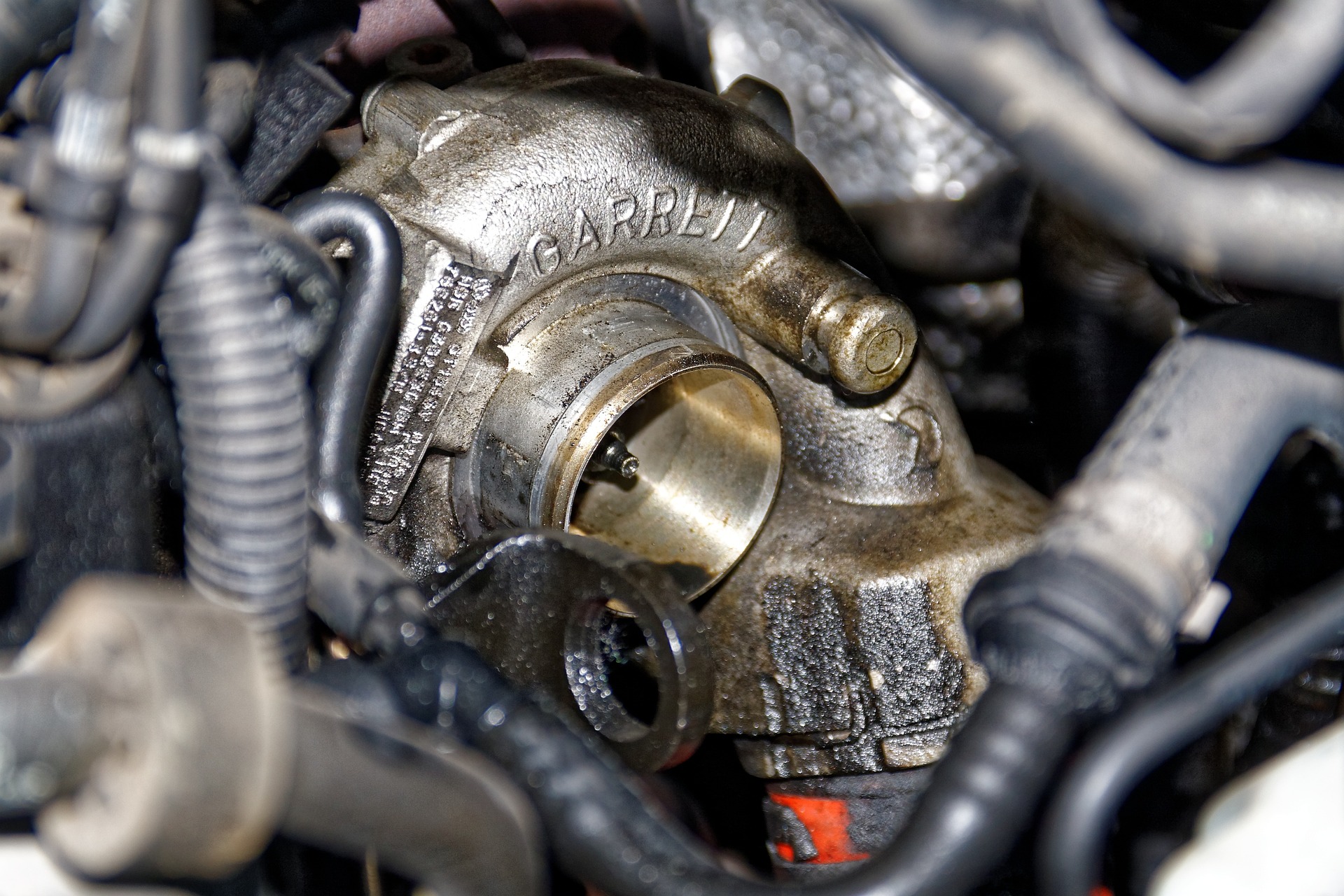What’s a Runaway Diesel Engine? Causes and Prevention of This Potentially Catastrophic Phenomenon
What’s a runaway diesel engine? That’s the topic of this article, which all diesel vehicle owners should be aware of.
While the likelihood of a diesel runaway is fairly low, the consequences are disastrous. Therefore, you want to prevent or stop this phenomenon from happening by understanding its causes and signs.

What Does a Runaway Diesel Mean?
A runaway diesel engine is one that won’t stop, hence the name. Typically, what happens is the engine runs faster and faster, exceeding recommended RPMs, aka “over redline.”
This can cause massive engine damage, primarily through overheating and eventually running dry (see more on this below), leading to parts bending or warping.
Even worse, the vehicle may catch on fire, or the engine can explode. Clearly, this poses a danger to the driver and any occupants, as well as to nearby vehicles or pedestrians.
Diesel runaway happens less frequently nowadays because of more sophisticated systems in place to prevent it by warning the driver of conditions leading to a runaway before it actually happens. But in older vehicles, or even newer models that are poorly maintained, it is possible.
What Causes Diesel Runaway?
If you remember the rules of combustion, this type of reaction needs three things to power the engine:
- Fuel
- Ignition/heat
- Oxygen
In diesel engines, the propensity for combustion to run amok is greater because of differences from regular gas engines. First, air and fuel are not mixed prior to intake. Rather, air is drawn in during the intake stroke. Fuel is injected into the compression chamber later at the peak of the compression stroke.
Additionally, air is much more highly compressed. This results in the air being heated to extremely high temperatures. It’s this very hot air that ignites the diesel fuel; there is no need for spark plugs. Sometimes a turbocharger — more and more common in all kinds of vehicles today — provides even more compression.
It’s the unique diesel engine compressed air that’s typically the culprit in a runaway scenario. In fact, most commonly, diesel fuel isn’t even the sole fuel source in this phenomenon. Instead, oils and other hydrocarbons that are present in the combustion chamber when they should not be are responsible.
How does this happen? Typically, worn piston rings or faulty turbocharger seals allow oils into the combustion chamber. Other possible contributors include:
- Wear on cylinder liners
- Faulty crankcase
- Fuel system malfunction
- External contaminants in the air intake
These fuels start burning along with the diesel fuel. Soon, it creates a cycle where the engine sucks in more fuel and burns faster and hotter. The combustion reaction rages out of control, and you have a runaway diesel engine.
Signs of a Runaway Diesel
It’s good to know the symptoms of a diesel runaway in case it happens to you. Watch out for these signs:
- Your engine starts revving, and the RPM gauge starts climbing even when you’re not accelerating.
- Turning the vehicle off (shutting off the ignition) does not stop the engine from running (remember, it’s running on extra fuels).
- Heavy black smoke comes from the tailpipe (semi-trucks may see flames from the stacks).
- The engine makes unusual loud noises, like banging, screeching, or the sound of metal parts rubbing together.
How to Stop a Diesel Engine Runaway
The best thing you can do if you are in a diesel vehicle that is experiencing runaway is to get yourself and any passengers out of the vehicle urgently for safety’s sake. Try to pull over and park in a place where your car or truck won’t catch anything else on fire. Then, get 50 or 100 yards away and dial 911 for emergency assistance.
There are ways to technically get a standard (manual) transmission to stop running away. You can park, put the car in its highest gear, and push on the foot brake while also engaging the parking brake. Letting off the clutch and allowing it to grab the flywheel may cause the engine to stumble and stop. But this method isn’t foolproof, and most folks won’t have the presence of mind to try it while the engine is screaming at 10,000 revolutions per minute.
Some older vehicles — mostly large trucks — are equipped with emergency valves that cut off oxygen to the engine to stop the combustion reaction. Occasionally, a blast with a CO2 fire extinguisher will cut enough oxygen to prevent further combustion. But you shouldn’t try to open the hood and block the intake yourself, as you could experience burns, hearing loss, or worse.
Eventually, if the vehicle doesn’t explode first, the fuel source will dry up, and the engine will stop running. Until then, and immediately thereafter, there is the danger of explosion or fire. If the engine stops, do not try to restart it under any circumstances, or it will likely run away again.
Can a Mechanic Fix Runaway Diesel Engine Damage?
How to fix runaway diesel engine damage is a question we sometimes get from customers here in Nanaimo, BC. Whether or not the engine is salvageable depends on how long the runaway goes on for and the conditions that caused it. In some cases, we can make repairs to prevent a recurrence. In other cases, the engine must be replaced.
We always tell our clients that the best way to fix runaway diesel engine damage is to prevent it in the first place. You can do this by staying on top of routine oil changes, tune-ups, and inspections so your diesel mechanic catches small problems before they turn into catastrophic ones.
This is especially essential for fleet vehicles, like Mercedes-Benz Sprinter vans and delivery trucks. These vehicles see more wear and tear, and losing one to a diesel runaway can be a real hit to your company’s bottom line. As the old saying goes, “An ounce of prevention is worth a pound of cure.”
Reach Us
Office Hours
Mon – Fri | 8:00am – 5:00pm
Sat – Sun | Closed


